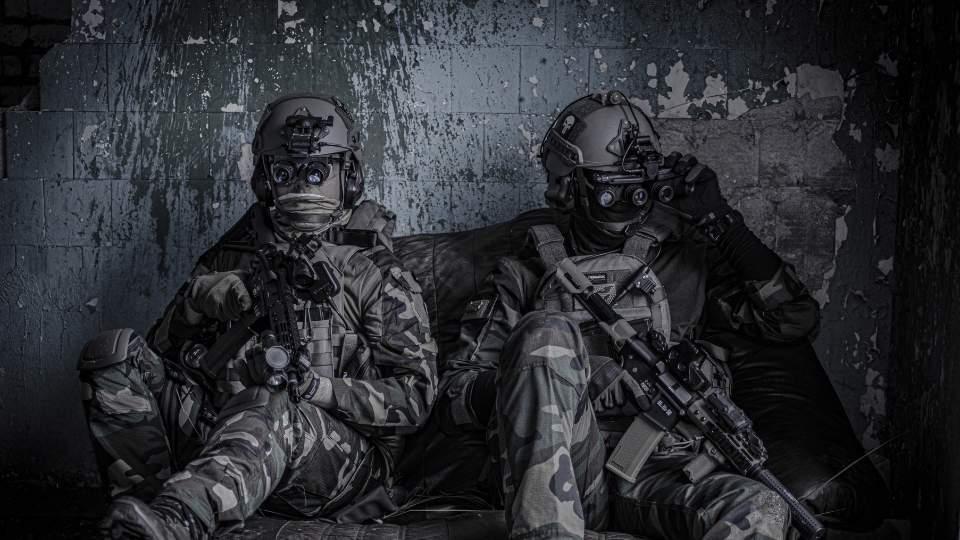
Glossary Definition
Attack Submarine: The Silent Hunter of the Deep Seas
An attack submarine, often referred to as a hunter-killer submarine, is a stealthy and formidable naval vessel designed primarily for offensive operations against surface ships and other submarines. Equipped with advanced technology and weapons systems, attack submarines play a crucial role in modern naval warfare, offering strategic capabilities for intelligence gathering, covert operations, and deterrence.
Key Characteristics of an Attack Submarine:
- Stealth and Low Visibility: Attack submarines are built with a focus on stealth to operate undetected beneath the ocean’s surface. Their design and materials aim to minimize their acoustic, magnetic, and thermal signatures, making them challenging to detect by adversaries.
- Submerged Propulsion: Attack submarines are equipped with propulsion systems that allow them to remain submerged for extended periods. Nuclear-powered submarines utilize nuclear reactors for propulsion, granting them nearly unlimited underwater endurance and higher speeds compared to diesel-electric submarines.
- Weaponry: Attack submarines carry a variety of weapons, including torpedoes, anti-ship missiles, and land-attack cruise missiles. These weapons provide the submarine with offensive capabilities to engage surface ships and targets on land.
- Sensors and Sonar Systems: Attack submarines are equipped with sophisticated sonar systems and sensors that enable them to detect and track enemy vessels, including surface ships and other submarines. This situational awareness is vital for maintaining stealth and identifying potential threats.
- Torpedo Tubes and Payload: Attack submarines are equipped with torpedo tubes from which they can launch torpedoes and missiles. The number of torpedo tubes and their payload capacity varies depending on the submarine’s class and design.
Roles and Missions:
- Anti-Submarine Warfare (ASW): Attack submarines are highly effective in anti-submarine warfare, using their advanced sonar systems to detect and track enemy submarines, and then employing torpedoes and missiles to neutralize the threat.
- Anti-Surface Warfare (ASuW): Attack submarines can conduct anti-surface warfare operations by engaging and disabling surface vessels, including warships and merchant ships, using their torpedoes and anti-ship missiles.
- Intelligence Gathering and Surveillance: Attack submarines have the capability to conduct intelligence-gathering missions, monitor maritime activities, and gather valuable information about enemy operations.
- Covert Operations and Special Forces Support: Some attack submarines are equipped to support special forces operations, enabling them to transport and provide assistance to special forces teams during covert missions.
- Deterrence and Strategic Presence: Attack submarines contribute to a nation’s strategic deterrence by showcasing the ability to project power and respond to threats in various regions around the world.
Conclusion:
The attack submarine, with its stealth, offensive capabilities, and intelligence-gathering capabilities, plays a pivotal role in modern naval warfare. Operating beneath the ocean’s surface, these silent hunters provide naval forces with the ability to project power, protect maritime interests, and conduct covert operations with precision and effectiveness. As technology continues to advance, the role of attack submarines will remain critical in maintaining maritime security, deterrence, and strategic presence on the world’s oceans.

